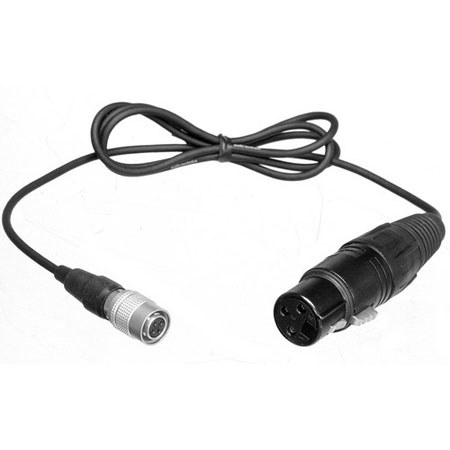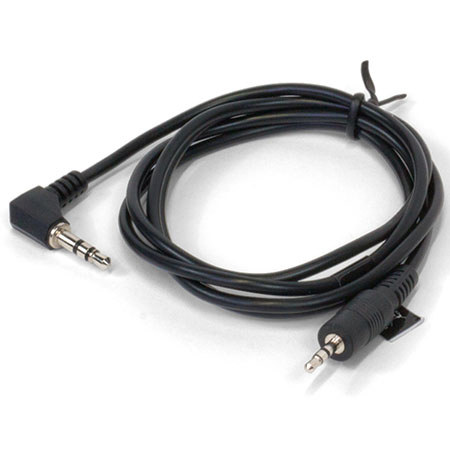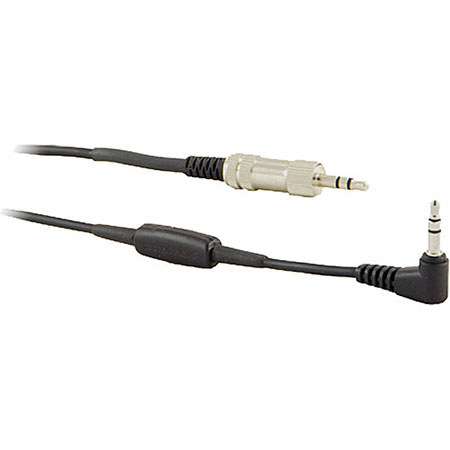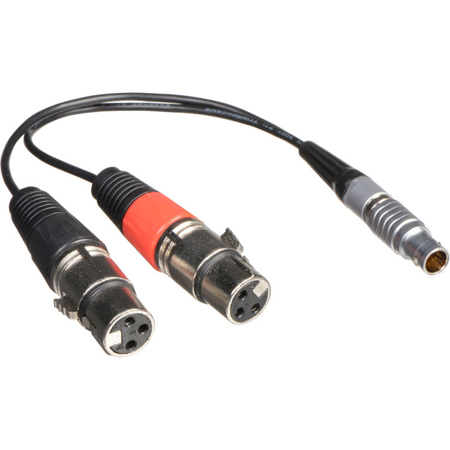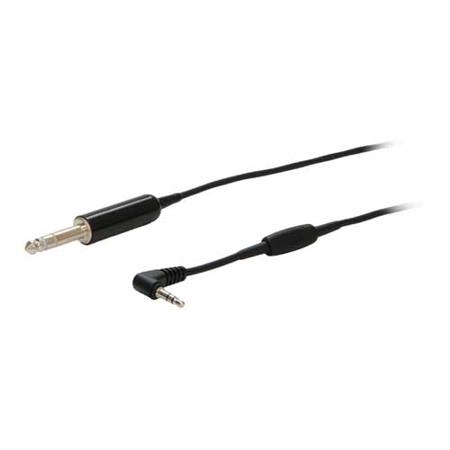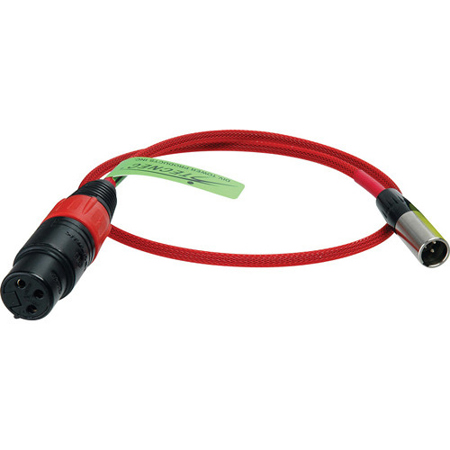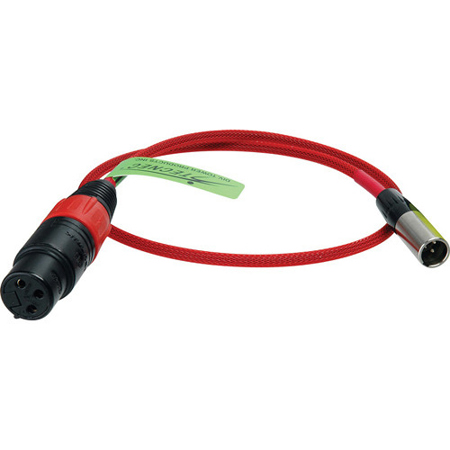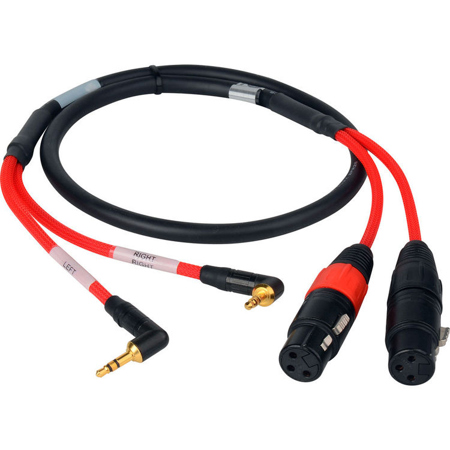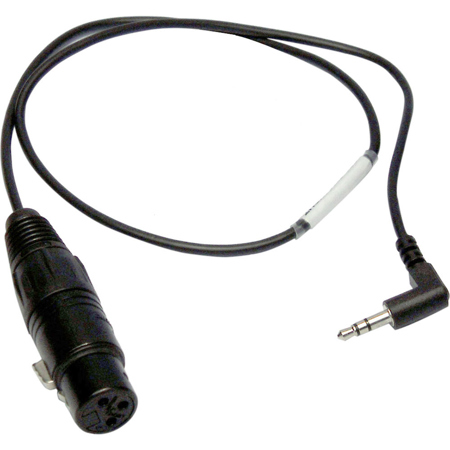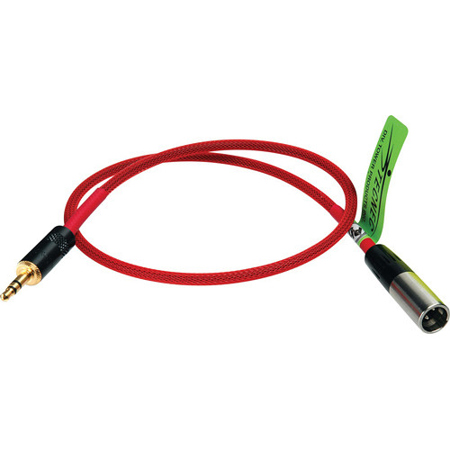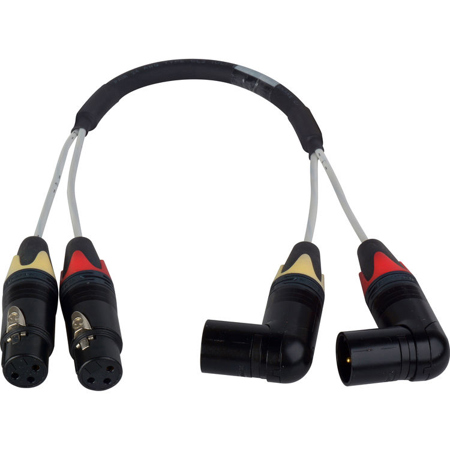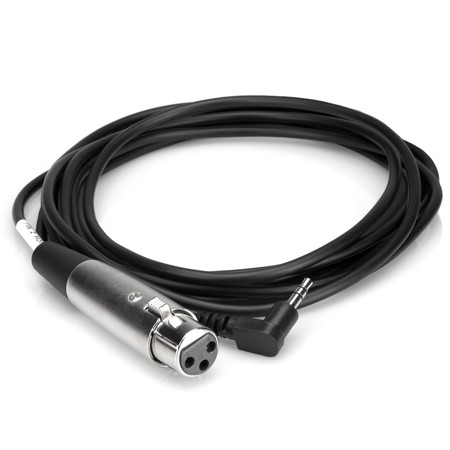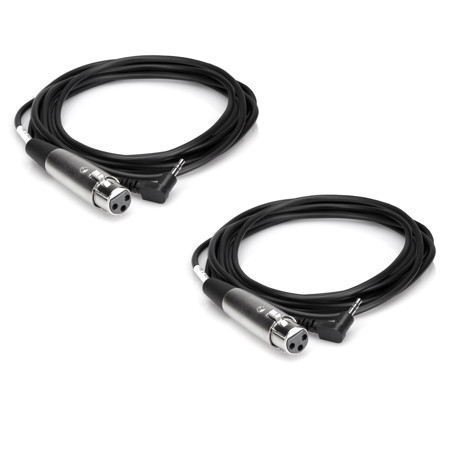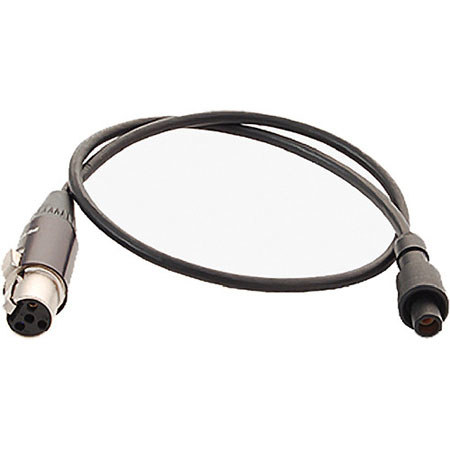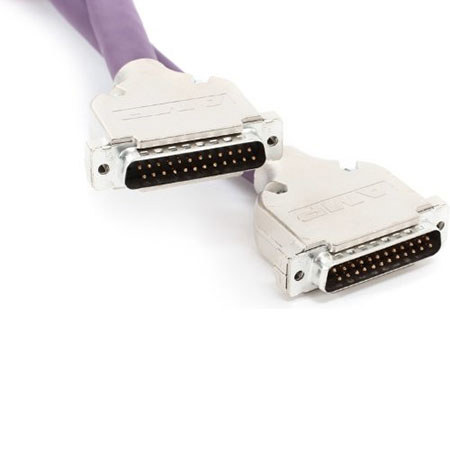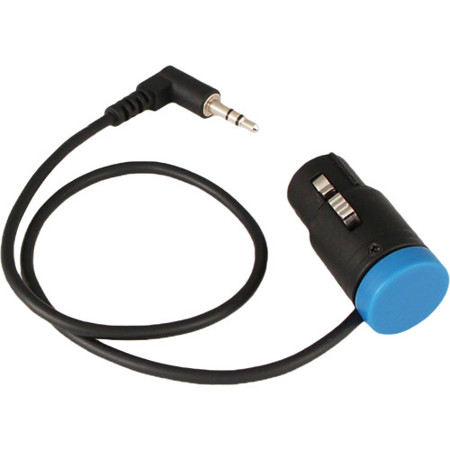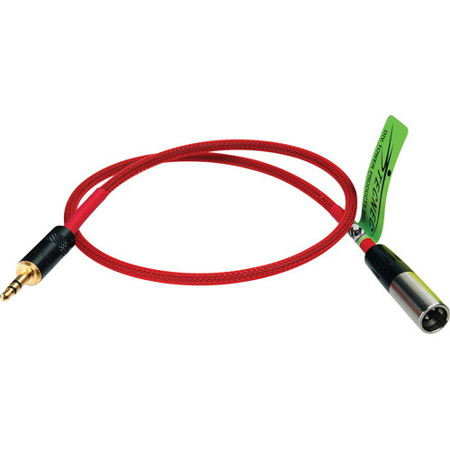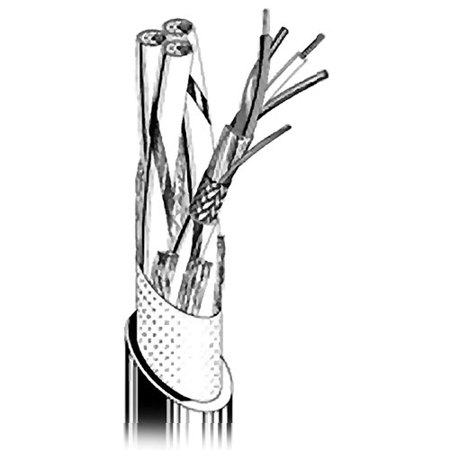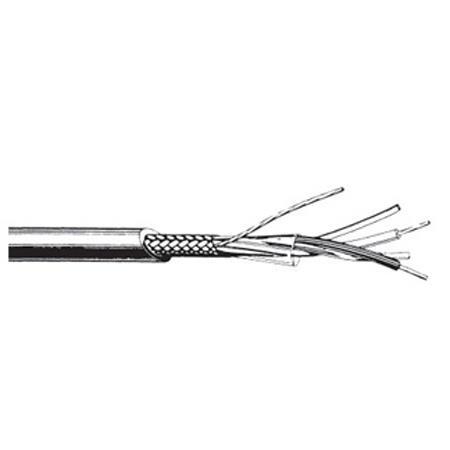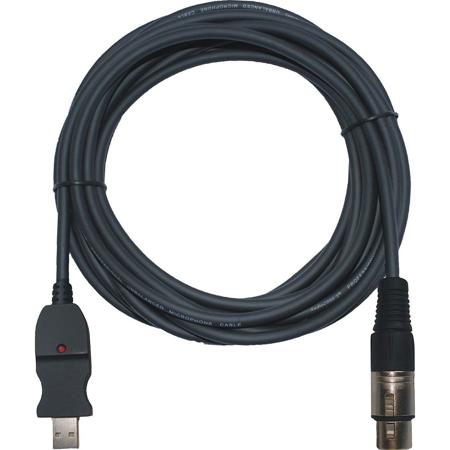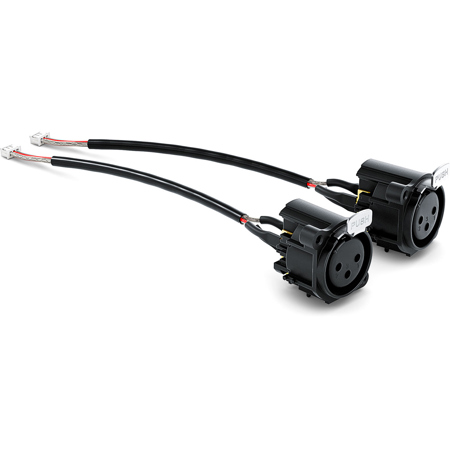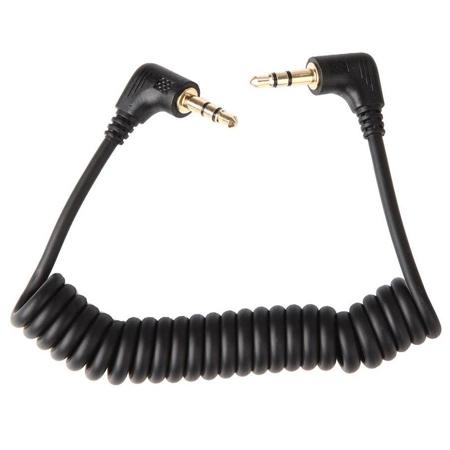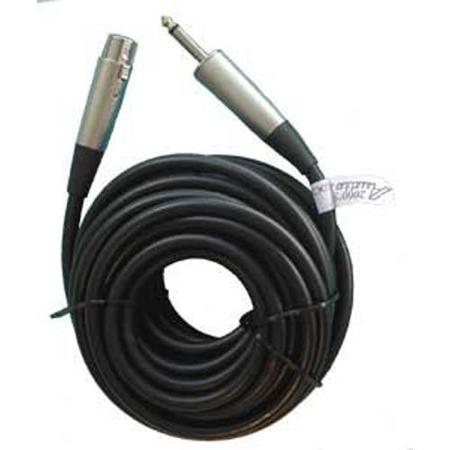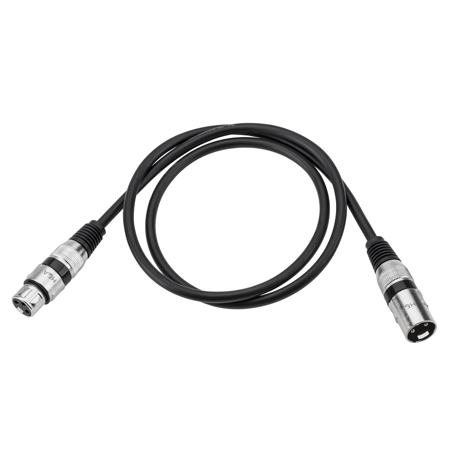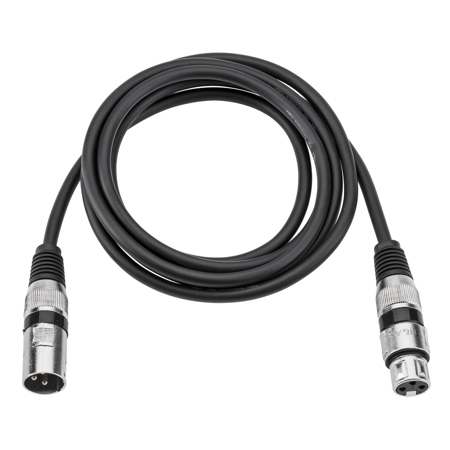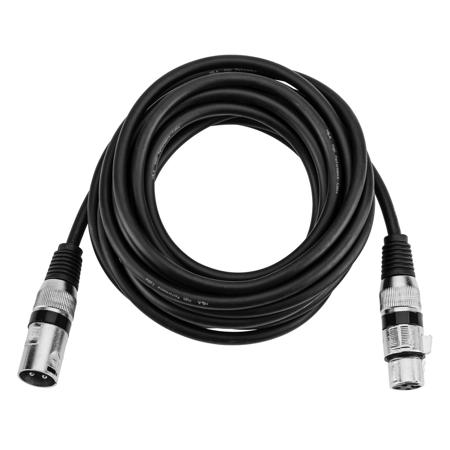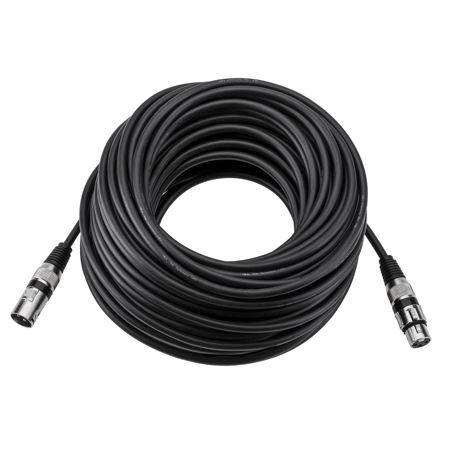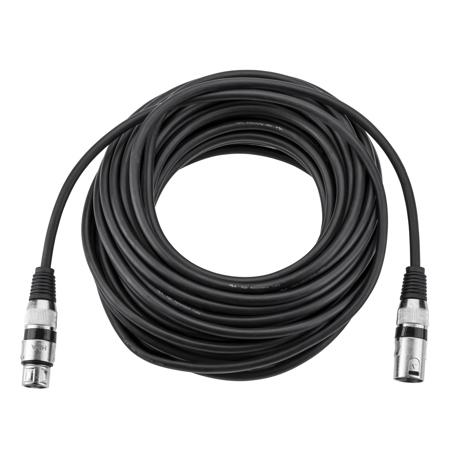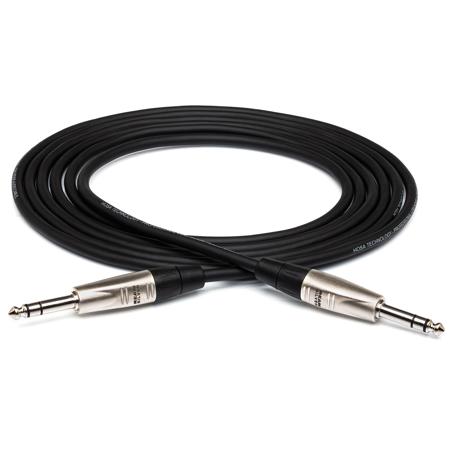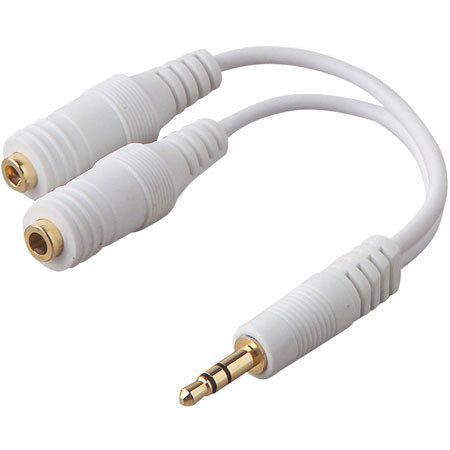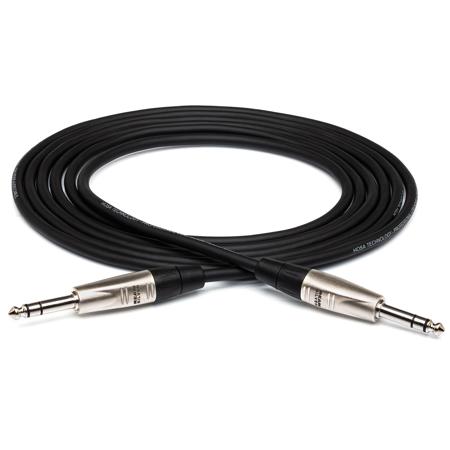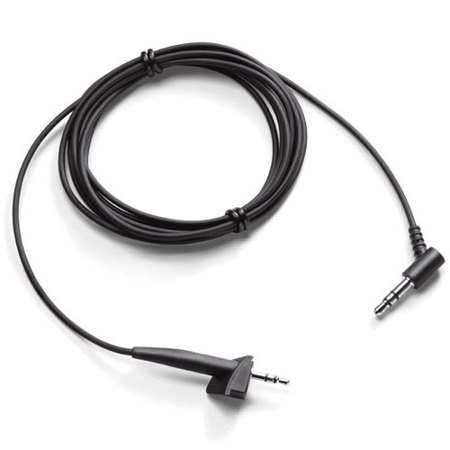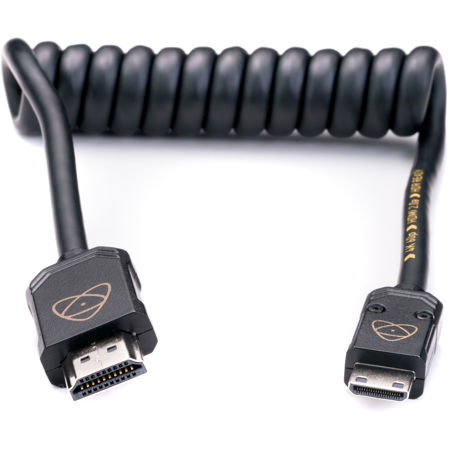Audio Input Cables
Audio input cables are the unsung heroes of any sound setup, bridging the gap between instruments, microphones, audio interfaces, mixers, and playback devices. Whether you’re a seasoned audio engineer, a gigging musician, a podcaster setting up your home studio, or simply someone who loves crystal-clear sound at home, the right input cable is essential for capturing and transmitting audio with fidelity and reliability. The world of audio input cables is rich and varied, encompassing XLR cables for balanced connections—favored in professional environments for their robust design and noise-reducing qualities—alongside 1/4" TRS and TS cables, which are staples for connecting electric guitars, keyboards, and studio monitors. For everyday consumer electronics and portable devices, 3.5mm TRS and TRRS cables are indispensable, offering a compact solution for headphones, smartphones, and auxiliary inputs in vehicles or home stereos. As autumn settles in and creative projects move indoors, now is an ideal time to fine-tune your audio setup, ensuring every cable is tailored to your specific gear and application.
Selecting the right audio input cable involves a thoughtful consideration of your equipment’s requirements and your environment. Balanced XLR and TRS cables are a must for anyone working in environments with potential electrical interference, such as live venues or bustling studios, as they are engineered to reject unwanted noise and maintain signal integrity over longer distances. For guitarists or bassists, a high-quality 1/4" TS cable with proper shielding can make the difference between a clean, punchy tone and unwanted hum or buzz. When connecting laptops, tablets, or portable recorders to mixers or powered speakers, a reliable 3.5mm stereo cable ensures seamless playback without loss of detail. Meanwhile, content creators and podcasters often rely on TRRS cables that handle both microphone and headphone signals, streamlining connectivity for headsets and mobile recording rigs. These cables are not only practical but also make thoughtful gifts for musicians, creators, or anyone embarking on a new audio journey—especially as the holiday season approaches and people look to upgrade their home studios or surprise loved ones with gear that inspires creativity.
No matter your audio ambitions, investing in quality input cables is a small step that pays dividends in sound quality and reliability. Look for features like gold-plated connectors for corrosion resistance, heavy-duty shielding to minimize electromagnetic interference, and secure locking mechanisms—especially on XLR cables—to prevent accidental disconnections. Cable length is another key factor: longer runs may require heavier shielding, while shorter cables keep setups tidy and reduce signal loss. For those building out more complex systems, such as multi-mic podcast studios or live performance rigs, organizing your cables by type and color can help streamline setup and troubleshooting. And if your focus is on microphones and professional recording, you’ll find a comprehensive selection of Audio Mic Cables to complement your input cable needs. With the right cables in hand, you’ll be ready to capture every note, word, and detail—whether you’re tracking in the studio, performing on stage, or simply enjoying music at home as the leaves turn and the days grow shorter.
Selecting the right audio input cable involves a thoughtful consideration of your equipment’s requirements and your environment. Balanced XLR and TRS cables are a must for anyone working in environments with potential electrical interference, such as live venues or bustling studios, as they are engineered to reject unwanted noise and maintain signal integrity over longer distances. For guitarists or bassists, a high-quality 1/4" TS cable with proper shielding can make the difference between a clean, punchy tone and unwanted hum or buzz. When connecting laptops, tablets, or portable recorders to mixers or powered speakers, a reliable 3.5mm stereo cable ensures seamless playback without loss of detail. Meanwhile, content creators and podcasters often rely on TRRS cables that handle both microphone and headphone signals, streamlining connectivity for headsets and mobile recording rigs. These cables are not only practical but also make thoughtful gifts for musicians, creators, or anyone embarking on a new audio journey—especially as the holiday season approaches and people look to upgrade their home studios or surprise loved ones with gear that inspires creativity.
No matter your audio ambitions, investing in quality input cables is a small step that pays dividends in sound quality and reliability. Look for features like gold-plated connectors for corrosion resistance, heavy-duty shielding to minimize electromagnetic interference, and secure locking mechanisms—especially on XLR cables—to prevent accidental disconnections. Cable length is another key factor: longer runs may require heavier shielding, while shorter cables keep setups tidy and reduce signal loss. For those building out more complex systems, such as multi-mic podcast studios or live performance rigs, organizing your cables by type and color can help streamline setup and troubleshooting. And if your focus is on microphones and professional recording, you’ll find a comprehensive selection of Audio Mic Cables to complement your input cable needs. With the right cables in hand, you’ll be ready to capture every note, word, and detail—whether you’re tracking in the studio, performing on stage, or simply enjoying music at home as the leaves turn and the days grow shorter.
